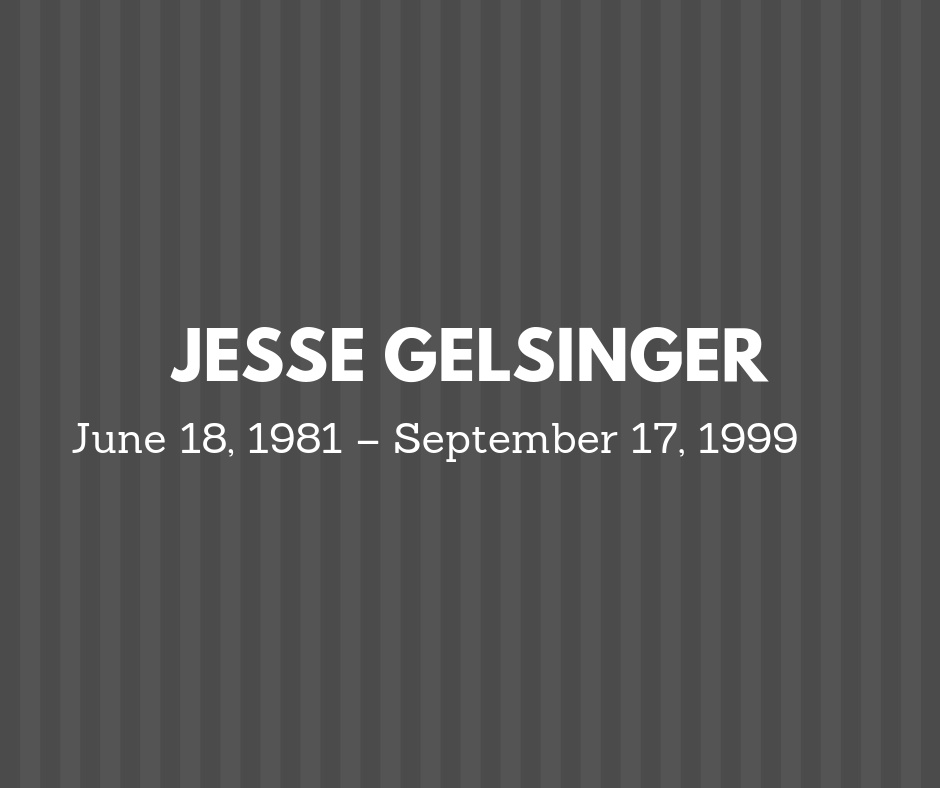Science history: A tragic gene therapy death that stalled the field for a decade — Sept. 17, 1999
By Tia Ghose,
Live Science
| 09. 16. 2025
Sept. 17, 1999: Jesse Gelsinger died after receiving a gene therapy treatment to treat a liver disease. The death sparked an investigation and caution around gene therapy, which ultimately stalled the field for years.
Twenty-six years ago today, on Sept. 17, a teenager who had received an experimental gene therapy died. His death led to needed changes in the clinical trial process while also spurring skepticism that would ultimately stall the field of gene therapy for years.
Jesse Gelsinger was an 18-year-old with ornithine transcarbamylase (OTC) deficiency, a genetic disease that affects about 1 in 40,000 newborns. The condition makes the body unable to make an enzyme that would normally break down ammonia, a natural waste product of metabolism. Without this enzyme, ammonia builds up in the body and poisons the blood.
About 90% of babies with the most severe form of OTC deficiency die. But Gelsinger — who had a milder, "late-onset" form of the disease — had reached adulthood by strictly adhering to a low-protein diet and a regimen of 50 pills a day, to help reduce the amount of ammonia in his blood and offset its effects. Although Gelsinger was small for his age and experienced a dangerous ammonia crisis when he stopped taking his pills, he was otherwise...
Related Articles
By Grace Won, KQED [with CGS' Katie Hasson] | 12.02.2025
In the U.S., it’s illegal to edit genes in human embryos with the intention of creating a genetically engineered baby. But according to the Wall Street Journal, Bay Area startups are focused on just that. It wouldn’t be the first...
Several recent Biopolitical Times posts (1, 2, 3, 4) have called attention to the alarmingly rapid commercialization of “designer baby” technologies: polygenic embryo screening (especially its use to purportedly screen for traits like intelligence), in vitro gametogenesis (lab-made eggs and sperm), and heritable genome editing (also termed embryo editing or reproductive gene editing). Those three, together with artificial wombs, have been dubbed the “Gattaca stack” by Brian Armstrong, CEO of the cryptocurrency company...
Alice Wong, founder of the Disability Visibility Project, MacArthur Genius, liberationist, storyteller, writer, and friend of CGS, died on November 14. Alice shone a bright light on pervasive ableism in our society. She articulated how people with disabilities are limited not by an inability to do things but by systemic segregation and discrimination, the de-prioritization of accessibility, and the devaluation of their lives.
We at CGS learned so much from Alice about disability justice, which goes beyond rights...
By Adam Feuerstein, Stat | 11.20.2025
The Food and Drug Administration was more than likely correct to reject Biohaven Pharmaceuticals’ treatment for spinocerebellar ataxia, a rare and debilitating neurodegenerative disease. At the very least, the decision announced Tuesday night was not a surprise to anyone paying attention. Approval...




